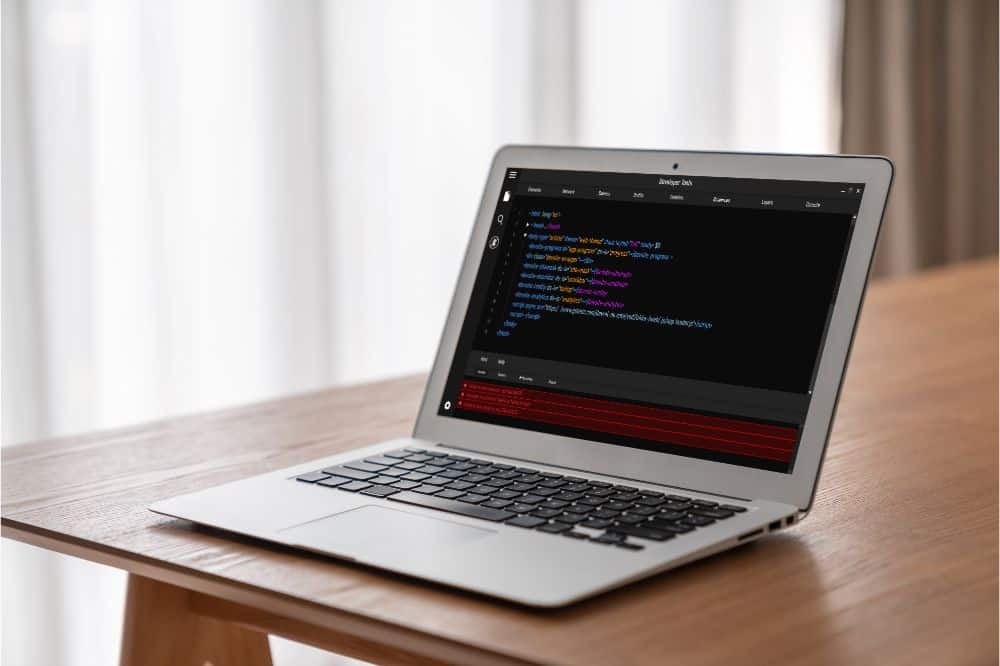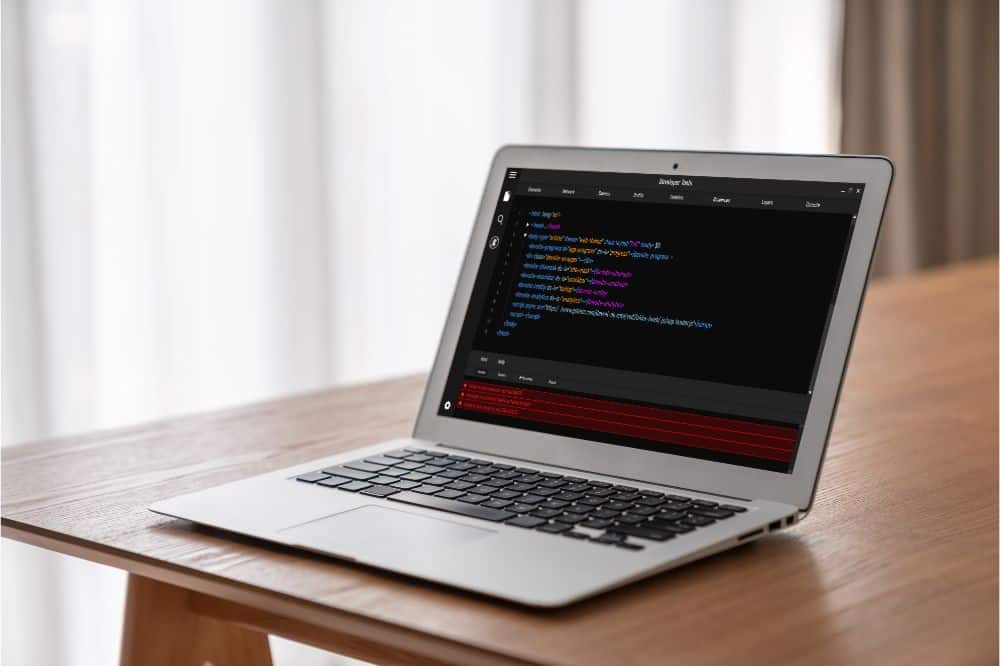If you’re interested in becoming a developer, you’re probably wondering, “Is Java easier than Python?”
Java and Python are among the oldest programming languages still in use today. Java boasts an impressive runtime, and Java-written programs are easy to debug. On the other hand, while slightly slower, Python has a concise syntax new developers can pick up without difficulty.
We’ll review their benefits and drawbacks to help you determine which language matches your goals.
Without further ado, let’s dive in.
Java
Since its release in 1995, Java has become one of the most widely used programming languages and platforms. It’s an object-oriented compiled language, meaning that the coding is directly transformed into machine code. Thus, novice developers usually pick Java as their first programming language because they can master the basics quickly.
The instant conversion to machine code allows the processor to work without delays and gives programmers more control over hardware factors like CPU usage. Besides Java, Haskell, Rust, C, C++, and Go are other popular compiled languages that operate on a similar principle.
Java is invaluable for Android app development, big data, and web development. Additionally, it’s suitable for cloud development. Its simplicity makes it the go-to choice for enterprise-level microservices and apps. Many health care and education institutions rely on Java to build their apps, and the language serves programs developed by government apartments. Some big-name corporations that use Java include Google, NASA, and Facebook.
Advantages of Java
Let’s look at some of Java’s major benefits.
It’s Simple
Java is one of the simplest programming languages. The code is straightforward, and developers can interpret it quickly and implement it into existing frameworks. Moreover, Java eliminates the more complex features of similar compiled languages. Unlike C and C++, Java doesn’t use pointers and unions, simplifying code implementation.
It’s Object-Oriented
Perhaps one of Java’s most attractive features is its object-oriented language. Procedural languages have a complex syntax that’s difficult to implement. Since Java operates on object-oriented programming concepts, it’s easier to use and more secure.
Furthermore, these concepts have a real-world application, prompting companies worldwide to hire more Java developers. Programmers break up larger chunks of code into smaller fragments for easier maintenance.
It’s Secure
Other programming languages like C++ and C use pointers, an element that allows developers to view memory locations. While this quick access is helpful, it’s also a security risk. But pointers are a non-issue in Java. The language uses concepts like abstraction, encapsulation, inheritance, and more to increase security levels and minimize the risk of unauthorized access.
It’s Cost-Effective and Easy to Maintain
Java is compatible with most hardware builds, significantly reducing development and maintenance costs.
It’s Platform-Independent
Java follows WORA (Write Once Run Anywhere) principles. Consequently, you can run a Java-written program on all systems that support the language. The language is flexible and works well with different operating systems and hardware builds. This feature is instrumental for app development because programmers can create apps that work on Windows, Linux, and macOS devices in less time.
It’s Stable
Java is regularly updated to eliminate bugs. Nearly all issues are resolved instantly through updates, making Java incredibly stable.
It Has Excellent Community Support
Java has been around for a long time, creating a supportive community of developers worldwide. When problems arise, they turn to StackOverflow to find the most optimal solution. With newer languages like R and C#, it’s more challenging to resolve bugs since fewer programmers use them. Java is thus more beginner-friendly, requiring less time to polish and debug the code.
Disadvantages of Java
To answer the question “Is Java easier than Python?” we also have to consider Java’s drawbacks.
No Native Look on Desktops
Java uses multiple GUI (graphical user interface) builders, but they’re not the best choice for building complex user interfaces on desktops. While the language can create an impressive mobile interface, it can sometimes provide a lackluster desktop user interface and experience.
Garbage Collection
Java uses garbage collection to manage memory space. The collector erases objects no longer in use to free up memory. It’s an automatic process that runs in the background and can disrupt the app’s overall performance.
Paid Commercial License
In 2019, Oracle announced developers would have to pay a fee to acquire a commercial license for Java 11 and higher. Until 2019, the Java software was free. The announcement worried programmers since they wouldn’t receive system updates until they paid the license fee.
As of today, the general-purpose Java software is free. However, it’s unavailable to corporations with commercial licenses, and terminating the subscription could lead to disputes with Oracle.
Requires a Lot of Memory
Compared to Python, Java takes up more memory, which can lead to slower performance.

Python
Since its release in 1991, Python has been praised for its simplicity, and many novice coders can learn the language quickly. When Guido von Rossum designed Python, he focused on code readability. Python is an interpreted language, meaning interpreters analyze each line of a program before executing it. It’s flexible and encourages developers to use various programming styles to create different types of apps.
Advantages of Python
Examining Python’s most attractive features can help us answer the “Is Java easier than Python?” question.
It’s Versatile
Since code readability is a top priority in Python, the language is neat, well-structured, and easy to use. It works for quick scripting and developing complex enterprise software. Python is dynamically-typed, feature-rich, and user-friendly, becoming the language of choice for conducting legacy data analysis. It allows developers to combine different programming paradigms to achieve more with less code.
You can use extensions like Python (Go) and Jython (Java) to mix languages and implement functionalities their app lacks.
Although Python is primarily object-oriented programming, it implements features of functional programming.
It’s Platform-Independent
Like Java, Python is platform-independent. The same source code will run smoothly across different operating systems, including Linux, Windows, and macOS. This portability results from bytecode and a PVM (Python Virtual Machine.) The two components connect the developer to the actual CPU that will execute the app.
It Has Extensive Libraries
Python has extensive libraries that support common commands and tasks. These resources are full of code you can repurpose to optimize your program, from unit testing to document generation. The libraries simplify web, game, and mobile development. More importantly, if you can’t find an available library, you can create it and fill it with helpful multi-purpose code.
The prebuilt features allow developers to manage and integrate internet protocols, data, web service, and operating systems without hassle. Consequently, a program will require fewer strings of code to run in Python than in Java.
The following frameworks are among the most popular Python rapid web development resources:
Django
Django provides almost 10,000 packages that cover multiple app design aspects, from HTML templates and content management systems to CAPTCHA and database connections. Meta uses Django for its Instagram and Facebook backend.
Flask
Flask is a lightweight micro-framework that allows developers to access third-party libraries for app structure. Although it’s primarily aimed at smaller web apps, LinkedIn and Pinterest also use Flask.
Falcon
Falcon focuses on bolstering app backends and web APIs. Its most well-known users are Opera Software and PayPal.
It’s Free and Has a Vibrant Community
Python is free to download, and you can start coding in just a few minutes. Moreover, its active programmers’ community contributes to finetuning the language and posting tips and tricks on support forums.
It Could Increase Productivity
Another benefit of Python is that it could increase productivity. Thanks to its concise syntax and integration features, programmers can develop more programs in less time. Hence, Python is a more productive language than Java, requiring less code to achieve the same results.
Disadvantages of Python
While Python is a powerful language, it has several weaknesses.
Speed
Like other interpreted languages, Python is slower than the popular JavaScript, Ruby, and Go. However, if speed isn’t a crucial feature of your project, Python is a good choice.
Threading Problems
Threading is an issue in Python. The language uses GIL (Global Interpreter Lock.) This mutex only allows the program to execute one threat at a time.
Consequently, single-threaded programs perform better than multi-threaded apps. While this problem can stump novice developers, seasoned Python coders use multiprocessing programs from Python packages.
Memory Limitations
Although Python takes up less memory space than Java, its memory consumption remains high. Therefore, it’s not the most user-friendly option for projects with multiple active objects in RAM.
Weak Mobile Computing
Unlike Java, Python doesn’t perform well in mobile environments. iOS and Android don’t recognize Python as an official programming language for mobile computing.
Java and Python − The Learning Curve
Java has a steeper learning curve. Its complex syntax and installation process mean newbies need to spend more time and effort learning how to write clean and effective code.
On the other hand, Python boasts a readable and succinct syntax, and many consider it easier to learn.
Which one you should learn first will depend on your personal goals.
If you’re interested in Android app development, web development, big data, and cloud development, Java will open many doors.
Those who want to get into machine learning, backend development, data science, and app development would benefit from learning Python.
You can enroll in several in-person and online programs to boost your CV with a certificate.
Python Might Be Easier, but Both Are in High Demand
So, is Java easier than Python? In short, no. But the full answer is more complex.
Although Java programs run faster, they take longer to develop. In comparison, Python programs are more straightforward and faster to code.
Since developers must pre-define each element in Java, they frequently analyze their work to spot potential errors. But the finished product is worth the effort. After polishing your code, you get robust and high-performing software.
Both languages are in high demand because they create different types of software. Ultimately, successful programmers learn both to combine their best features and develop powerful apps.

